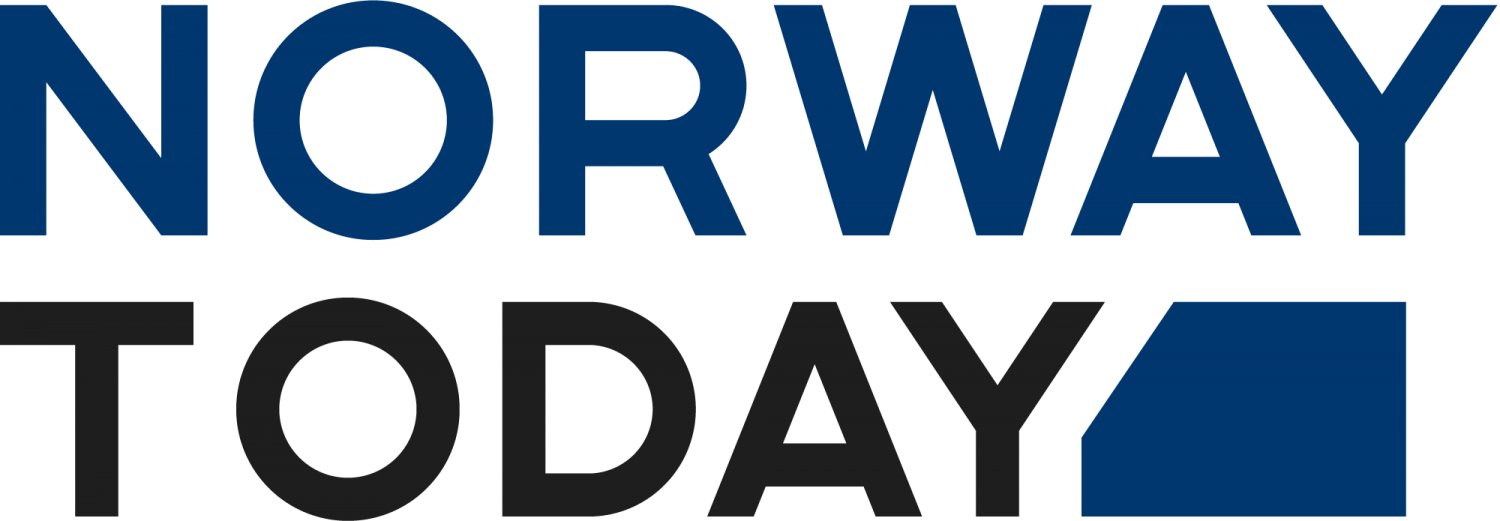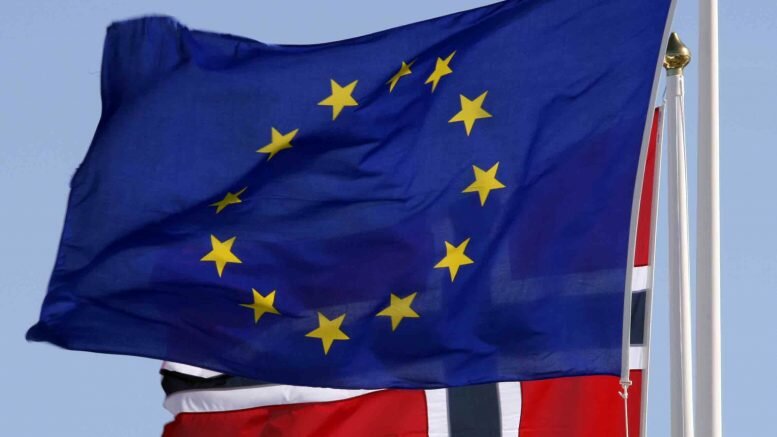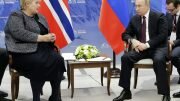Storms surrounds EEA at its 25th anniversary
It is 25 years since the EEA came into force on January 1st. Experts believe Norway would be significantly weaker positioned in negotiations for an agreement today.
“The most obvious threat to the EEA Agreement today is the belief that it can be replaced with something better,” Professor at NTNU, Lise Rye states.
She believes the EEA is rock solid at its 25th anniversary, with support from a clear majority both in the population and in the Norwegian Parliament. Nevertheless, it is a storm raging in the debate regarding it.
Rye is sceptical towards the notion that Norway should renegotiate the agreement:
“I do not believe that it is realistic that Norway currently will be able to negotiate an even better deal on its own, with even more tailoring.”
An other context
The EU researcher indicates that the EEA was created in a unique historical context:
“ At that time, EFTA consisted of seven member states, while the then EC consisted of twelve. The relative strength was thus quite different from what it is today. At the same time, no one thought the EEA Agreement would last. As a result, both parties were willing to concede more than they otherwise would have done.
Therefore, the agreement is as good as it is. We are probably not there today, On the contrary, the EU now consists of 28 member states, many of which with considerably weaker finances than Norway. That will make renegotiations even more difficult.
Everybody will try to emerge strengthened. Then the one who has the most to gain – will also have the most to give.
Expansion in 2004
Perhaps the biggest change that has occurred since the EEA Agreement came into force – is the EU’s major expansion eastwards in 2004.
But this expansion was also the starting point for work immigration to Norway that no one could have predicted ten years before. This labour immigration, together with the liberalisation of Norwegian working life, has become a core issue in the criticism of the EEA today.
The dissatisfaction with the agreement has grown strongly in the Trade Unions (LO) in recent years as well as in the Progress Party (FrP).
Democracy Problem
Professor at UiO, Erik O. Eriksen, warns:
“ In addition, the EEA agreement is characterised by a democratic problem that is largely swept under the carpet. Through the EEA, Norway has accepted thousands of EU legal acts, often without preceding public debate. At the same time, the EU has taken major steps towards increased supranational governance since the agreement came into force in 1994, with deeper integration, so that Norway also had to relinquish more sovereignty. This can backfire.
He thinks the EEA can end up with serious trouble if public opinion turns, such as with Brexit in the UK.
Asymmetric relationship
NUPI director, Ulf Sverdrup, believes for his part that Brexit speaks volumes on what we will have in store if we cancel the EEA.
He recalls that it is much more important for Norway to have access to the markets in the EU than vice versa. The difficult Brexit negotiations must, therefore, be a wake-up call for Norwegian politicians.
“We are in a situation where Norway has access to a market consisting of over 500 million people, while the EU has access to a market of 5 million. It is very asymmetric,” Sverdrup explains and adds:
“Even a large country like the UK has relatively little negotiating power. And the cost of the uncertainty created is huge.”
Facts About the EEA
- The European Economic Area (EEA) consists of the EU’s 28 member states and the EFTA countries Norway, Iceland and Liechtenstein with Switzerland on the sidelines.
- The EEA Agreement is the largest international agreement Norway has entered into. It was signed in 1992 and entered into force on January 1st 1994.
- The agreement provides the three EFTA countries access to the EU’s internal market with equal competitive conditions and equal rules. Free flow of goods, workforce, services and capital are the pillars.
- The agreement obliges Norway to comply with EU rules for the internal market, with an option to exceptions in specific cases.
© #Norway Today





